Covid-19 has introduced a new set of challenges for businesses and workplaces to ensure staff can work flexibly – both at home and in the office. Lee McDougall, geomatic director at building consultancy and architecture practice AHR, explains how technology can help us safely attend our workplaces where we are required to do so, as we all adjust to the “new normal”
The latest round of changes to the coronavirus restrictions saw the UK government advising us to work from home wherever possible. However, not all employees can work from home all the time, and those who can may need to visit their workplace from time to time for a range of reasons. In these cases, cabinet minister Michael Gove has said: “If you are in a Covid-secure workplace then you should be there if your job requires it.”
At the height of the pandemic almost 40% of people reported that their working arrangements involved working from home. While this dropped to 20% in late August and early September, the fact that many people still need to visit their workplace during the current restrictions – which look set to be in place for at least six months – means that employers now more than ever need to ensure that their workplaces are Covid-secure.
In addition to offices, there are many other buildings that will continue to be in use and occupied throughout the current measures. Obvious examples include schools and universities.
The government has repeatedly stressed the importance of keeping schools open, and the Children’s Commissioner for England has argued that if necessary, pubs, restaurants and non-essential shops should close first. Meanwhile, the government has stated that it expects HE providers to be open for the academic year 2020-2021 with measures put in place to ensure that risks are minimised to students and staff, in accordance with public health guidelines.
Providing reassurance
In early September, around 89% of pupils had returned to school, which was seen as a sign of confidence among parents and children. It is clearly critical not only to implement measures to ensure the safety of workers, teachers, students and pupils, but also to be seen to be doing so – by informing people about the changes made to their working, teaching and learning environments and also reassuring them that it is safe to be there.
Providing reassurance to staff, employees, pupils, students and others helps to encourage people to visit workplaces and places of study or learning, and – by facilitating flexible working practices – benefits mental health and wellbeing.
So, what can workplaces, schools and universities – and others – do to demonstrate the measures they have put in place? Building consultancy and architecture practice AHR has demonstrated an innovative method of doing this by scanning its own office environment and creating an online 3D interactive model.
Benefits
This approach, using AHR’s Rapid Capture technology, has numerous benefits.
AHR’s own staff have been able to visit the office virtually, viewing a revised office layout and seating plan, as well as items such as signage, locations of facilities, screens and hand sanitisers. Items were tagged to explain the measures implemented and how they sit within the company’s own Covid-19 policies and procedures. This has helped reassure employees of the measures in place to facilitate safe working where it is necessary to do so and has helped staff understand and adhere to the guidelines and office procedures the company has put in place.
Rapid Capture models reside entirely in the cloud, allowing access to imagery and site information from any PC, tablet or smart phone. This negates the need for specialist software or storage and requires no training for people to view buildings online. Aside from the rewards AHR has reaped, it can also enable organisations – for example schools, universities and other building owners – to embed virtual tours directly into their website, which users (not only staff and employees but also students, visitors and parents) can navigate around in a similar way to Google Street View.
In a world where guidelines on Covid-19 restrictions change regularly and in which employers need to reassure people quickly, the Rapid Capture process provides 3D imagery and virtual tours and in a remarkable timeframe. This could be considered as the first step towards creating a digital twin – a digital record of an existing building which can be used for a range of applications.
Additionally, with organisations often struggling to find budgets to implement Covid-19 measures, cost is understandably a driving factor – this approach produces deliverables in an extremely cost-effective way.
Virtual site visits
This technology enables us to swiftly capture current building stock, in a much quicker way than more traditional approaches. Rapid Capture is particularly relevant to the ‘as built’ environment and development of accurate building records and portfolio management. It means that estates teams no longer need to be on site carrying out maintenance checks and can instead undertake this task remotely and across multiple sites. In the wake of the Covid-19 pandemic, benefits like these allow teams to continue to carry out their role in a safe manner.
The information obtained by Rapid Capture technology can be used for a variety of purposes, including assessing and ensuring safety, identifying fabric repairs needed and recording the fabric condition of a building.
There are a range of other benefits to Rapid Capture. Maintenance teams, for example, could benefit from a walkthrough database of an organisation’s buildings, site inductions could be enhanced or it could provide an interactive virtual tour for an interior design team – reducing the need for site visits.
Key assets and points of interest can be tagged with information and directly linked to more detailed documentation, spreadsheets or other web locations. This can prove invaluable to estates teams who need remote access detailed, live information about their buildings.
With benefits above and beyond reassuring people that measures implemented to guarantee workplaces are Covid-secure, AHR has demonstrated that technologies such as Rapid Capture can help organisations, building owners and estates teams – together with staff, students and other visitors – to adjust to the “new normal” and find new better ways of working.
 Lee McDougall
Lee McDougall
Geomatic director
+44 (0)1484 537 411
Twitter: weareahr
LinkedIn: ahr


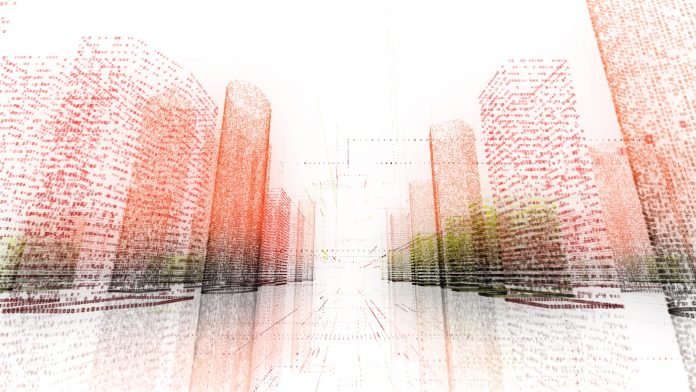
![[VIDEO] UK-based firm reveals ‘world’s first’ fully AI-driven architectural project Studio Tim Fu has revealed the 'world's first' fully AI-driven architectural project in Slovenia, developing six luxury villas on the Lake Bled Estate](https://www.pbctoday.co.uk/news/wp-content/uploads/2025/03/Interior-1-studio-tim-fu-218x150.gif)

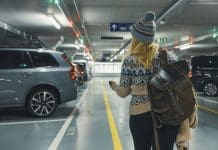
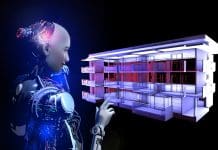
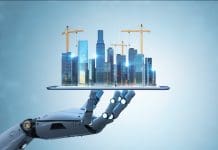
![[VIDEO] Bentley looks back on Vancouver and 20 years of infrastructure innovation Catch up on Bentley's Year In Infrastructure and Going Digital Awards in Vancouver with a new video retrospective](https://www.pbctoday.co.uk/news/wp-content/uploads/2024/12/54053017341_33ba44bbdf_o-218x150.jpg)
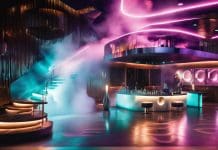
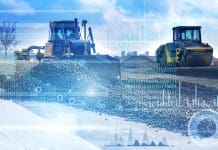
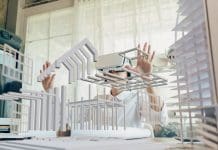

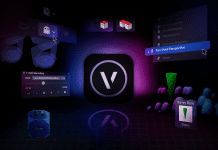
![[VIDEO] Using digital twins to simplify complex fire barrier assessment Read more about how Trident Fire Protection utilised digital twin technology to conduct a fire barrier assessment in a complex space with tight areas and poor access in a roof void](https://www.pbctoday.co.uk/news/wp-content/uploads/2024/08/Trident-complex-roof-area-218x150.png)